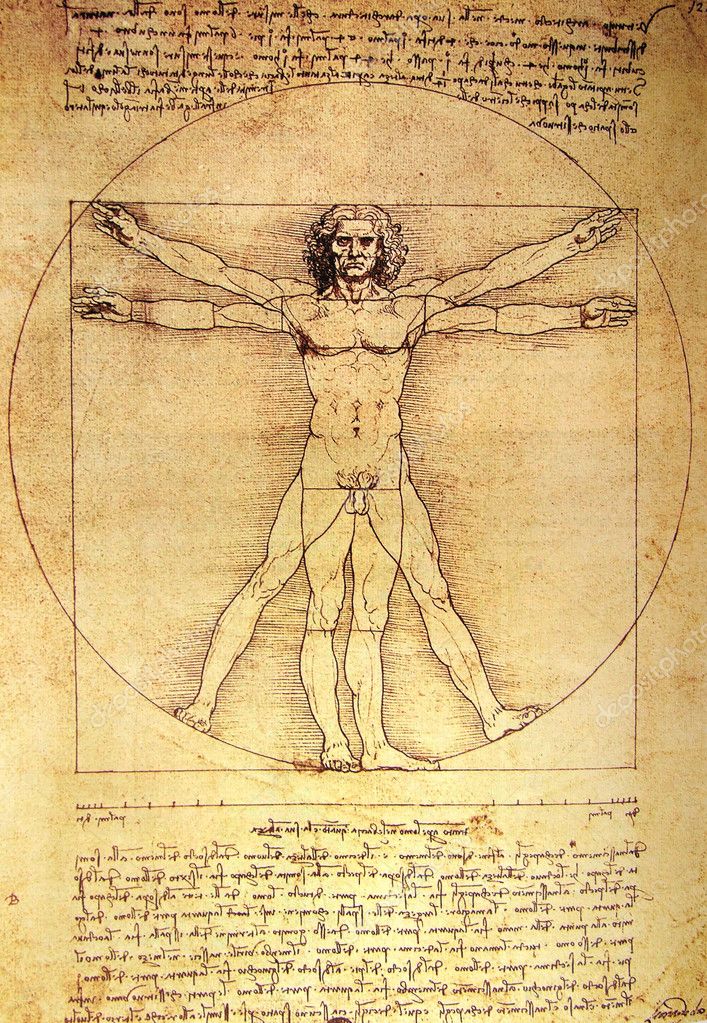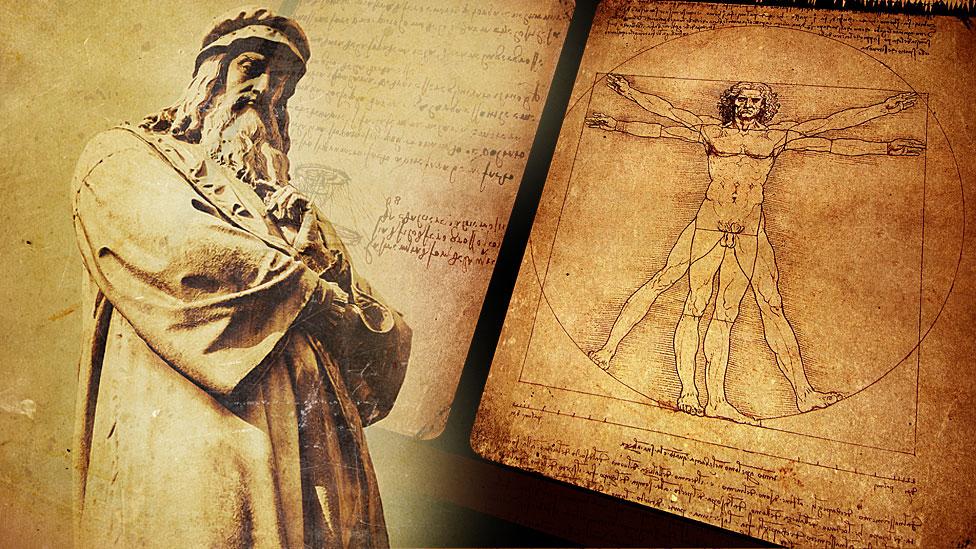Title of the learning proposal: Structures DaVinci_The Power of Triangles
Topic: Structures, Geometry Figures, Acrosport
Area: Engineering, Mathematics
Abstract : This learning proposal is based on an in-depth study of what structures are and how they can be built from geometric figures, all inspired by the work of Leonardo da Vinci. To do this, they will experiment with the body and in groups to create human structures based on different geometric figures on the one hand, and on the other hand, they will build models with recycled paper that support the weight of the human body. The proposal is designed to be applied in the second year of secondary school, but it can be adapted according to the curriculum of each country and the conditions and resources of each particular educational context. Learning objectives:
– To know what a structure is, what it is used for and what forces it can withstand.
– Use one’s own body to create and represent structures and geometric figures, especially triangles.
– Use recycled materials to create structures based on triangles.
– Interpret assembly instructions to create a structure.
– Learn to work cooperatively with a common challenge.
Learning objectives:
– To know what a structure is, what it is used for and what forces it can withstand.
– Use one’s own body to create and represent structures and geometric figures, especially triangles.
– Use recycled materials to create structures based on triangles.
– Interpret assembly instructions to create a structure.
– Learn to work cooperatively with a common challenge
Teachers’ profile: (team transversality) Maths, Physical Education, Tecnology
Advisable age of students: 2nd ESO (12-13-14 years) (Flexible according to the curriculum of specific country) .Attention to diversity and inclusion aspects to have in account:
Previous knowledge:
- Previous knowledge about
- Previous knowledge about teamwork
Global development
Total duration: 3:30 hours
Materials:
– Newspapers
– Glue
– Glue guns
– Cardboard
– Recommended links to videos and materials
Phase 1 Duration: 30 – 45 minutes Visualisation
Development: In this first phase, we will learn about the power of the triangle in the works of Leonardo da Vinci and how this geometric figure serves as a basis for building and designing different structures. To do this, first, we will get to know the author through his most outstanding works by projecting them in the classroom. In this sense, we will only need a projector and a computer, and we can ask the students the following questions:
– Do you know who he is? (1)
– Do you know his work?
– Does anyone know which work this is? (In this case, La Gioconda (2) or Mona Lisa is projected).
– And this one (in this case, we project (3) The Vitruvian Man).
After these questions and the presentation of the work, it is explained to the students that Leonardo da Vinci was an example of STEAM. He was an artist, scientist, engineer, inventor, painter, anatomist, sculptor, architect, musician, poet, philosopher, writer, naturalist and town planner. He was therefore a multifaceted creator who united all disciplines in his work. From here it is explained, by means of the works already presented, that Leonardo was based on geometry to create his designs and the self-supporting bridge (4) that he designed and that is based on the creation of a structure that allows the support of the weight based on the geometric figures is shown. Once Leonardo da Vinci and his work have been visualized and presented, we move on to the experimentation phase, where we will work on concepts of geometric figures, weights and structures through the body and also the creation of a structure that supports human weight built with recycled material.
Phase 2 Duration: 2:00 hours Artistic action and experimentation
Development:
1. Experiencing structures with one’s own body – Acrosport:
In this second phase, the students will be asked, in groups of 4 or 5 people, to investigate through Acrosport (5), the creation of different human structures based on Leonardo da Vinci’s ideas or others that they want to experiment with. All of them have to be based on the use of geometric figures as the fundamental basis of their structures and creations. During the experimentation with the body, photographs can be taken with the pupils’ own smartphones.
It must be said that in this first stage of the second phase, the most important thing is to investigate and experiment with how the figures and structures are built, what the bases are like, the importance of weights and to experience first-hand that mathematics can be felt and experienced with the body.In order to do this, it is important to ask oneself:
– Which figures are more stable? Why?
– How important is the distribution of weights in the figures created by each group?
2. Design and build a structure with recycled material that supports its own weight:
To start, we can follow the instructions in this video (6) together with the instructions below:
The paper structures are built by converting sheets of ordinary newspaper into sturdy rods.
Each sheet is rolled up starting from its corners.
Fix the end with white glue.
The ends are cut off, as they are weaker.
Sometimes, when joining the bars together, the ends have to be beveled beforehand to make them fit together.
At other times, the ends should first be flattened to make them flat before joining.
The joints can be fixed with hot-melt glue.
By rolling the paper into tubes, we have increased the strength.
What shape will you give your structure to make it rigid? We have already seen in class that the triangle is the only non-deformable polygon. Therefore, we will use the triangulation of the bars to achieve a non-deformable structure.
A trick: if you put some reinforcing wires inside, you will increase the strength.
In the example structure, a cardboard base has also been used (a stronger material than paper), and the circular bars are all the same size, 11 cm.
It is important to remember the three conditions that a structure must fulfil in order to work well:
STABILITY. This is the ability of a structure to stand upright and not tip over. It is achieved through proper design. The more centred and closer to the ground its centre of gravity is, the more stable it will be.
STRENGTH. This is the capacity of the structure to withstand the stresses to which it is subjected without breaking. Its shape and the material from which it is built play a role.
RIGIDITY: To prevent a deformation so great that it prevents the object from fulfilling its function.
Phase 3: Duration: 30 minutes Reflexion and debate
Development: The third phase will involve two types of reflections. The first will be based on the experience of creating figures with Acrosport. The idea of this reflection, apart from the fact that after the scenography itself we will ask how it went and what they have experienced, in this third phase we will go deeper into the group experience and what connections they have found between the challenge of creating a figure or more than one from geometric figures. The second phase will be for sharing and reflecting on the creation of the structure with recycled material. The connection with mathematics and what learning, difficulties and challenges have been encountered will be discussed. The idea is for each person to express themselves individually, and then as a group. In this sense, each group will have 2 minutes to explain and share their reflections with the whole class, to later generate a debate based on the contributions of each of them.
Comments, possible derivations, and prolongations of the proposal:
The order of the second phase may vary, but we recommend experimenting with the body first so that the pupils can experience and understand the structures and weights, and then build the model with recycled material with the group. However, as we say, it can be done the other way around if you consider it.
References and links:
– (1) Da Vinci photo –
https://www.wikiart.org/es/leonardo-da-vinci
– (2) Da Vinci – Mona Lisa – Gioconda –
https://es.wikipedia.org/wiki/La_Gioconda#/media/Archivo:Leonardo_da_Vinci_-_Mona_Lisa_(Louvre,_Paris).jpg
– (3) Da Vinci – El Hombre de Vitruvio –
https://www.wikiart.org/es/leonardo-da-vinci/hombre-de-vitruvio-1492
– (4) Da Vinci – Puente Autoportante –
https://www.cosasdearquitectos.com/wp-content/uploads/Puente-autoportante-Leonardo-da-Vinci.jpg
– (5) Acrosport
https://www.slideshare.net/Sergiodg78/unit-7-acrosport-english-4
https://prezi.com/ku82ajicj3l3/acrosport-english/
– (6) Video to Create a Structures
https://www.youtube.com/watch?v=vm7ax-fRwNU&t=10s


